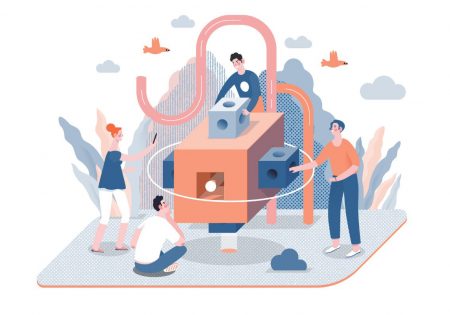Never miss a story — sign up for PLANADVISER newsletters to keep up on the latest retirement plan adviser news.
Less than Half of Private Sector Employees Participate in Plan
Ninety percent of state and local government employees have access to retirement benefits, and 85% participated in a retirement plan.
Retirement and medical benefits were offered to 99% of full-time state and local government workers and paid sick leave to 98% of full-time workers. Eighty-five percent of full-time employees in private industry had access to medical benefits, and 75% to paid sick leave.
Paid leave benefits continued to be the most widely available benefit offered by employers, with paid vacations available to 91% of full-time workers in private industry in March 2011. In private industry, paid vacation benefits were available to only 37% of part-time workers. Paid sick leave was available to 27% of part-time workers.
Paid vacations were available to 90% of workers earning wages in the highest 10th percent of private industry employees and only to 38% of workers in the lowest 10th percent of private industry wage earners. Access to paid sick leave benefits ranged from 21% for the lowest wage category to 87% for the highest wage category.Employers Pay Majority of Medical Premiums
According to the BLS report, medical care benefits were available to 69% of private industry workers, compared with 87% among state and local government workers. About half of private industry workers participated in a medical plan, compared with about three-quarters of state and local government workers.
For single coverage, employers paid 88% of the medical care premiums for full-time state and local government workers and 80% of the medical care premiums for full-time private industry workers. For family coverage, employers paid 71% of the medical care premiums for full-time workers in state and local government and 69% in private industry.
For the first time, the National Compensation Survey produced data on employer-provided benefits available to unmarried domestic partners and found about half the workers in state and local government have access to survivor benefits, as compared to 7% of the workers in private industry, reflecting in part the difference in the availability of defined benefit plans between these groups.
Thirty-three percent of state and local government workers and 29% of private sector workers have access to health care benefits for unmarried domestic partners of the same sex. Access to benefits varies by employer and employee characteristics and by whether the unmarried domestic partner is of the same or opposite sex.
Tables of the findings are at http://www.bls.gov/news.release/ebs2.nr0.htm.You Might Also Like:

How Participants Have Responded to This Year’s Economy
The Role of the 401(k) in Today’s Tight Labor Market
